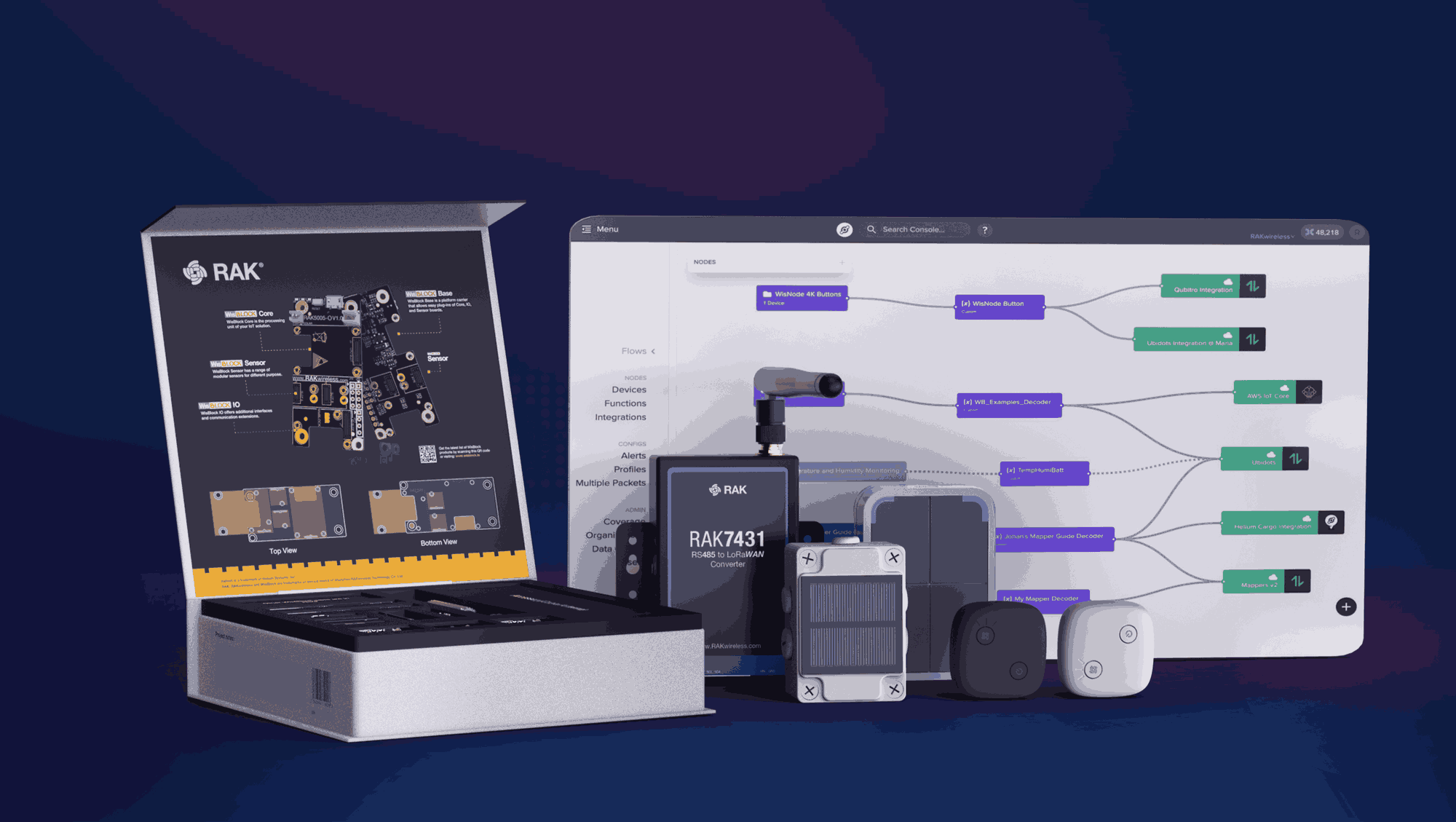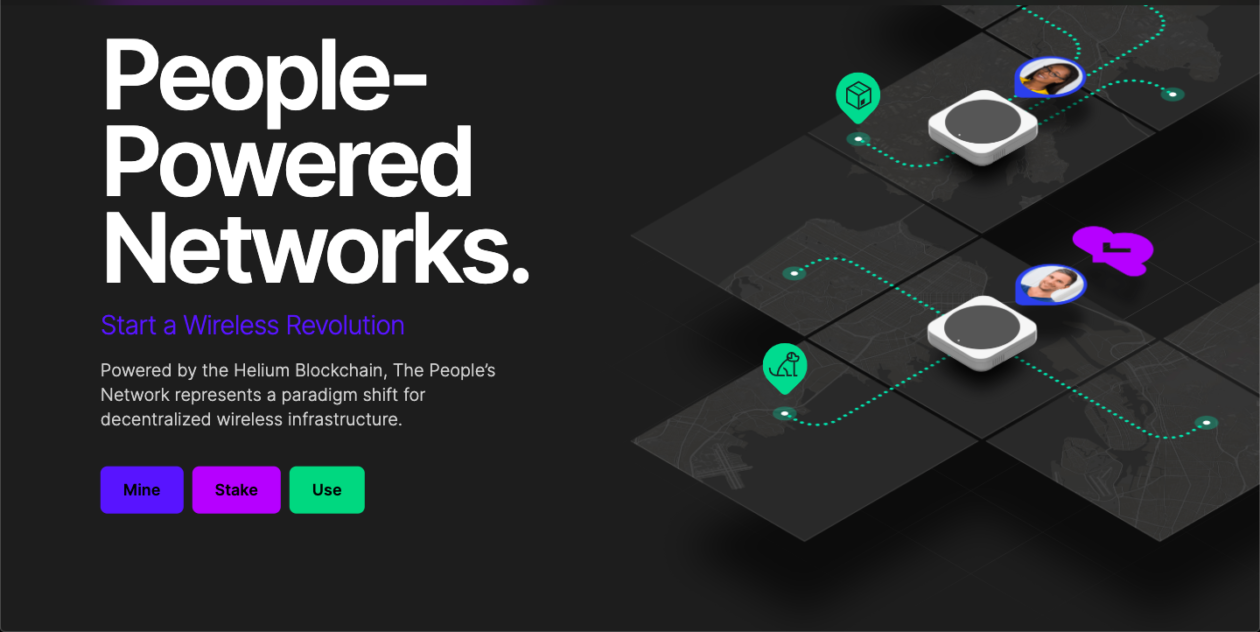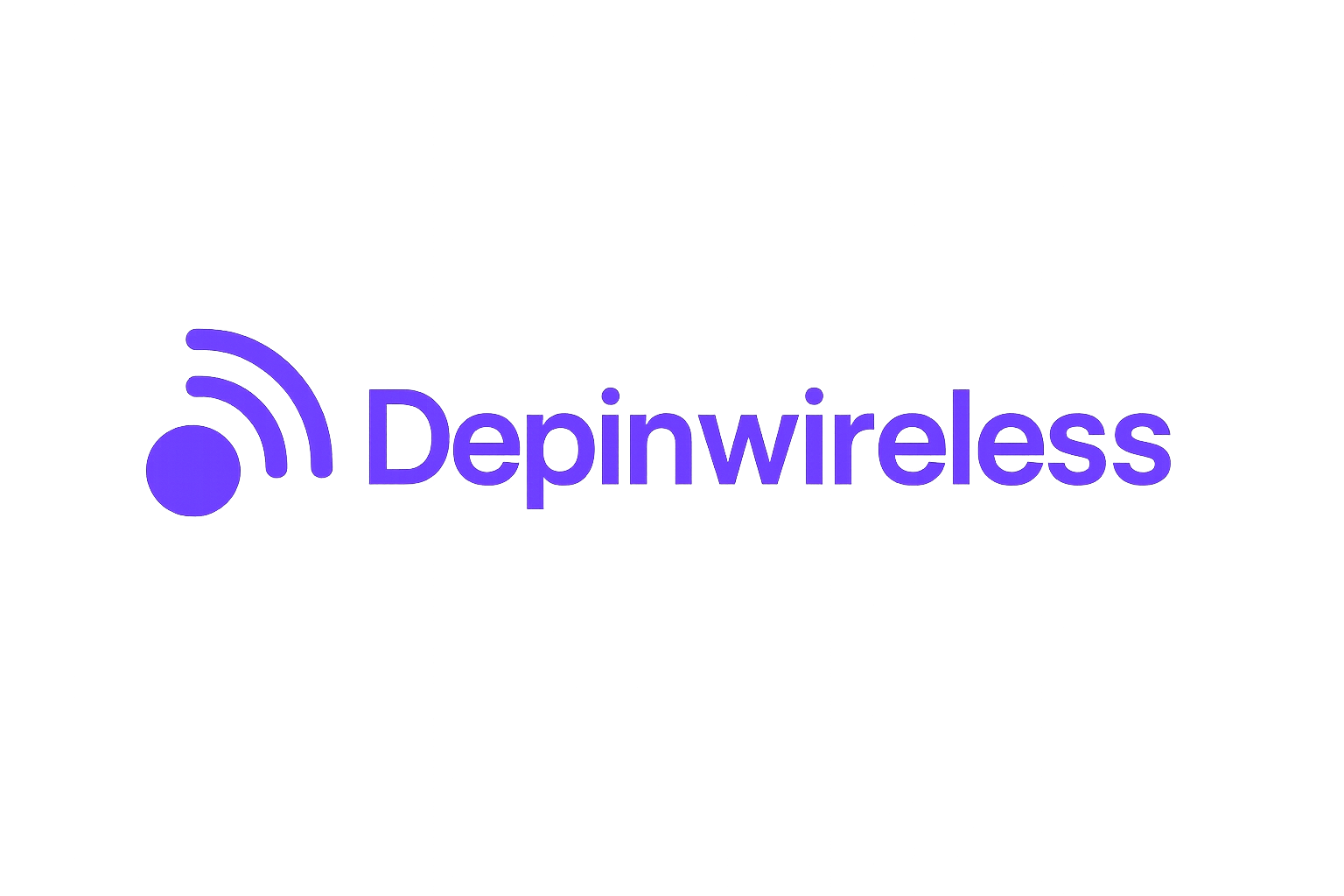
Decentralized wireless networks are rapidly redefining global connectivity, with Helium 5G at the forefront of this transformation. By leveraging blockchain and token incentives, Helium’s DePIN (Decentralized Physical Infrastructure Network) model enables individuals and enterprises to deploy and monetize wireless infrastructure. As of September 2025, Helium’s native token (HNT) trades at $2.24, reflecting the real-world traction and growing adoption of its decentralized 5G ecosystem.
Helium 5G: The Engine Behind Decentralized Wireless Innovation
The migration of the Helium network to Solana has supercharged its scalability and transaction throughput, enabling a robust foundation for decentralized 5G deployments in over 2,000 US cities. This shift empowers a diverse set of stakeholders, enterprises, communities, event organizers, and critical infrastructure operators, to participate in building the next generation of wireless connectivity without relying on legacy telecom monopolies.

Let’s examine six real-world use cases that illustrate how Helium 5G is powering DePIN wireless networks today:
Six Real-World Helium 5G Use Cases in DePIN
-

Private 5G Networks for Enterprises: Helium 5G enables businesses to deploy secure, cost-effective private networks for factories, warehouses, and campuses. This approach reduces reliance on traditional carriers and enhances data privacy, allowing enterprises to control their own wireless infrastructure.
-

Decentralized Wireless Backhaul for IoT Devices: The Helium network provides reliable connectivity for large-scale IoT deployments, such as smart meters and environmental sensors. This is especially valuable in urban and rural areas where traditional infrastructure is lacking, supporting smart city and agricultural applications.
-

Community-Driven Mobile Coverage Expansion: Individuals and small businesses can deploy Helium 5G hotspots to fill coverage gaps in underserved neighborhoods. This community-driven model rewards participants with HNT tokens while improving local connectivity.
-

On-Demand Connectivity for Events and Pop-Ups: Event organizers leverage Helium 5G hotspots to provide temporary wireless coverage at concerts, festivals, or remote work sites. This eliminates the need for expensive, traditional infrastructure setups and ensures seamless connectivity for attendees and staff.
-

Redundant Connectivity for Critical Infrastructure: Utilities and emergency services utilize Helium’s decentralized network as a backup communication layer. This redundancy ensures operational resilience during outages or disasters, supporting critical infrastructure continuity.
-

Blockchain-Powered Data Monetization: Users and node operators on the Helium 5G network earn HNT tokens by sharing bandwidth and validating network activity. This blockchain-based incentive model creates new revenue streams and drives ongoing network expansion.
1. Private 5G Networks for Enterprises
Manufacturers, logistics providers, and campus operators are increasingly deploying private 5G networks using Helium’s infrastructure. By installing their own hotspots on-site, these organizations gain secure, high-bandwidth coverage tailored to their operational needs, without the recurring fees or data exposure associated with traditional carriers. For example, a factory can create a custom wireless environment supporting robotics and IoT sensors while retaining full control over data flows. This not only reduces costs but also enhances privacy and compliance.
2. Decentralized Wireless Backhaul for IoT Devices
The explosion of IoT devices, from smart meters to environmental sensors, demands ubiquitous connectivity that centralized networks often fail to deliver outside urban cores. The Helium network provides decentralized backhaul, allowing thousands of IoT endpoints in both cities and remote areas to transmit data reliably at lower costs than cellular or legacy Wi-Fi alternatives. This model is already driving adoption in sectors like agriculture (soil monitoring), utilities (grid telemetry), and environmental science (air quality tracking). For more insights into how DePIN is reshaping IoT connectivity on Helium, see DePIN Wireless.
3. Community-Driven Mobile Coverage Expansion
A hallmark of the Helium ecosystem is its ability to incentivize grassroots participation in network growth. Individuals and small businesses can deploy affordable hotspots to fill coverage gaps in underserved neighborhoods, earning HNT tokens as rewards while providing tangible benefits to their communities. This approach democratizes access to mobile connectivity, especially where incumbent providers have neglected investment due to low profit margins or logistical challenges.
4. On-Demand Connectivity for Events and Pop-Ups
Helium 5G’s plug-and-play architecture enables rapid deployment of wireless coverage for temporary venues. Event organizers, from music festival promoters to construction site managers, can utilize portable Helium hotspots to deliver reliable internet access, without waiting weeks for traditional carriers or investing in expensive fixed infrastructure. This flexibility is especially valuable in remote or high-density environments where connectivity demand spikes unpredictably. The incentives built into the Helium ecosystem ensure that operators are compensated for their bandwidth and uptime, creating a virtuous cycle of service quality and availability.
5. Redundant Connectivity for Critical Infrastructure
Resilience is paramount for utilities, emergency services, and municipal authorities. By integrating Helium’s decentralized wireless as a secondary network layer, these organizations gain an independent path for data transmission during outages or disasters that may disrupt conventional telecom lines. For example, water utilities can maintain real-time telemetry from remote pumps during storms, while first responders benefit from redundant communications in crisis zones. The distributed nature of the Helium network mitigates single points of failure and enhances operational continuity when it matters most.
6. Blockchain-Powered Data Monetization
Perhaps the most transformative aspect of Helium 5G within DePIN is its blockchain-native incentive model. Users who operate hotspots, and even those who simply share their bandwidth, can earn HNT tokens by validating network activity and supporting data flows. This direct monetization unlocks new revenue streams for individuals, small businesses, and enterprises alike, while also driving organic network expansion. With HNT currently priced at $2.24, the economic rationale for participation remains compelling as adoption scales and usage-based rewards accrue.
Six Real-World Helium 5G DePIN Use Cases
-

Private 5G Networks for Enterprises: Helium 5G empowers businesses to deploy secure, cost-effective private wireless networks for factories, warehouses, and campuses. This approach reduces dependence on traditional carriers and enhances data privacy within enterprise environments.
-

Decentralized Wireless Backhaul for IoT Devices: The Helium network delivers reliable, decentralized connectivity for large-scale IoT deployments—such as smart meters and environmental sensors—in both urban and rural areas where conventional infrastructure is limited or cost-prohibitive.
-

Community-Driven Mobile Coverage Expansion: Individuals and small businesses can deploy Helium 5G hotspots to address coverage gaps in underserved neighborhoods, earning HNT token rewards while supporting local wireless connectivity.
-

On-Demand Connectivity for Events and Pop-Ups: Event organizers leverage Helium 5G hotspots to provide temporary, high-quality wireless coverage at concerts, festivals, or remote work sites—eliminating the need for costly, fixed infrastructure.
-

Redundant Connectivity for Critical Infrastructure: Utilities and emergency services utilize Helium’s decentralized network as a resilient backup communication layer, ensuring operational continuity during outages or disasters.
-

Blockchain-Powered Data Monetization: Users and node operators on the Helium 5G network earn HNT tokens by sharing bandwidth and validating network activity, unlocking new revenue streams and incentivizing further network growth.
The convergence of decentralized wireless infrastructure with blockchain incentives is not just theoretical, it’s already changing how connectivity is deployed and monetized worldwide. As DePIN Wireless highlights, these use cases are setting new benchmarks in accessibility, resilience, and economic alignment across industries.
Looking ahead, the maturation of Helium’s 5G ecosystem will be measured not only by token price performance but by tangible improvements in coverage quality, user experience, and enterprise-grade solutions delivered at scale. Stakeholders should monitor both on-chain metrics and real-world deployments to accurately gauge value creation within this rapidly evolving sector.






